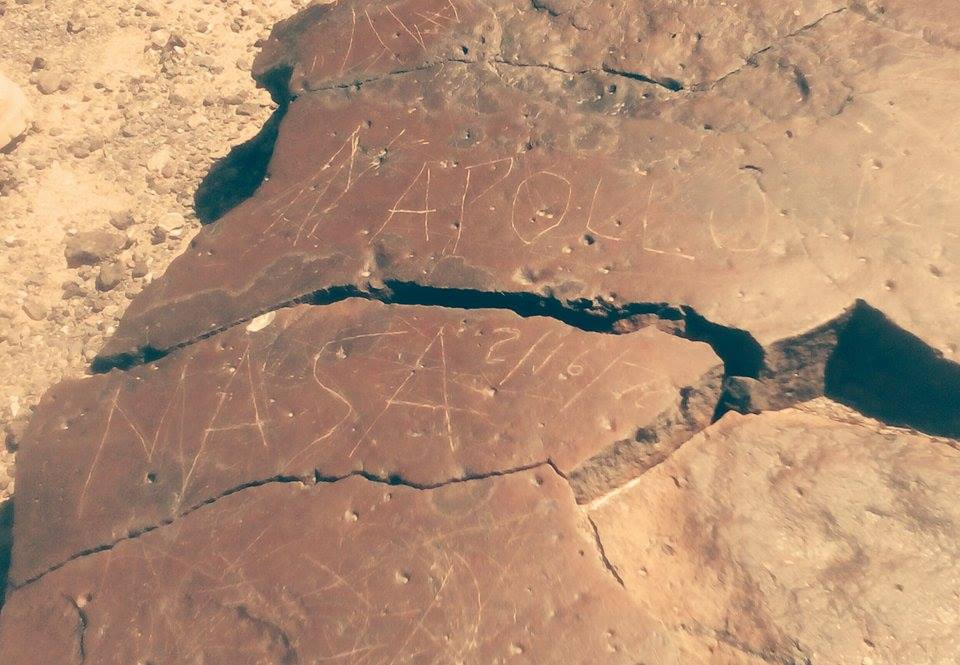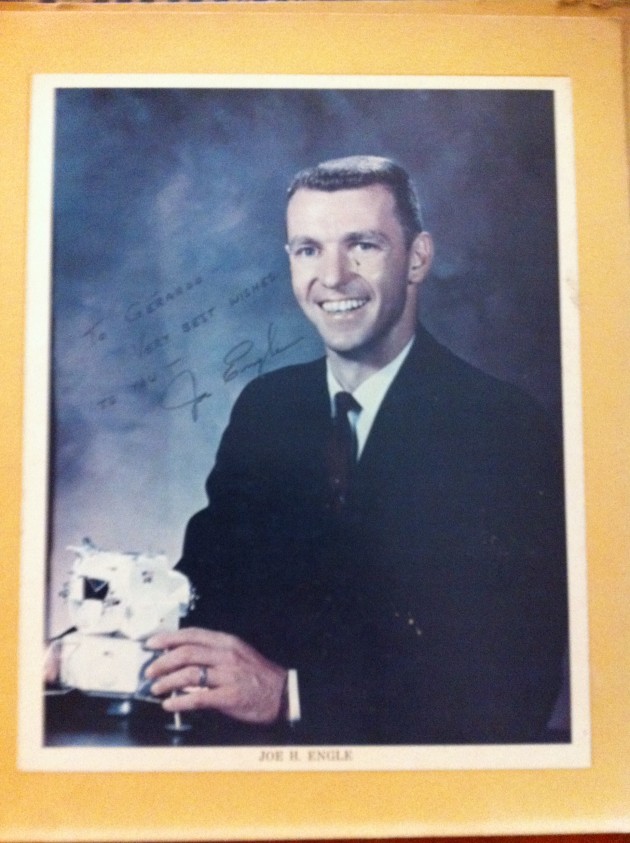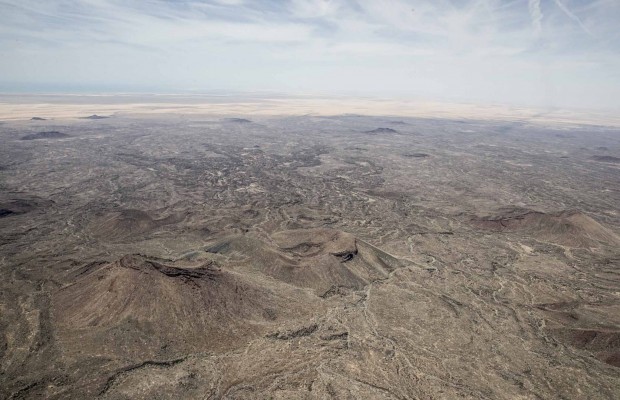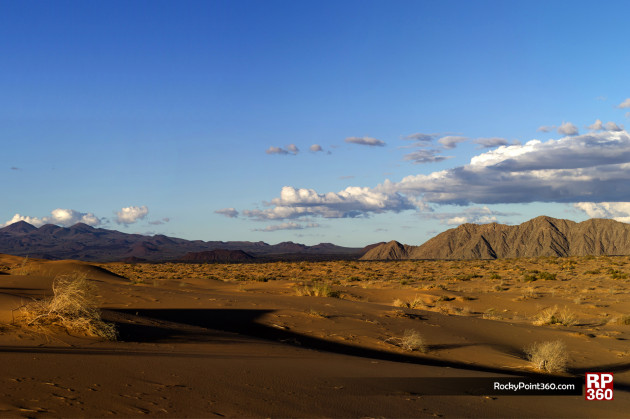By José Antonio Pérez
The desert volcanic landscape of the Pinacate and Grand Desert of Altar Biosphere Reserve, encompassing 7,146 square kilometers in northwestern Sonora, will once again serve as out of this world training grounds much as it did over 50 years ago when NASA trained Apollo astronauts here for lunar landings. With sights set on sending humans to Mars in 2030, the National Aeronautics and Space Administration (NASA), along with the Mexican Space Agency (AEM) and the University of Sonora (UNISON) are planning to train astronauts at the Pinacate Biosphere Reserve prior to the multinational expedition.
Javier Mendieta Jiménez, General Director of the Mexican Space Agency, detailed, “It is a little known historical fact that the Pinacate, given its unique characteristics, was selected by NASA as a training site for Apollo lunar astronauts from 1965 – 1970.”

Several U.S. astronauts, among these Edgar Mitchell, Joe Engle, and Alan B. Shepard, took part in lunar training at the Pinacate. Though space missions to the moon ceased in 1972, forty-five years later the missions are being reactivated with sights set on sending humans to Mars.
The first phase of work included developing a team, made up of a researcher from Arizona State University in Phoenix, the dean of the Technological University of Guaymas, a research professor from the University of Sonora, two post-graduate students in geophysics from the National Autonomous University of Mexico (UNAM), three specialists from the National Space Society, four staff members of the Pinacate, as well as Mario Arreola Santander, AEM Director of Science and Space Technology Outreach, and AEM E-Education and E-Outreach Manager Rodrigo Pérez González.
Experts stress with at least half a dozen private space companies working on missions to the red planet, as well as the moon, the current tendency is that space exploration is no longer limited solely to government actions and budgets.

